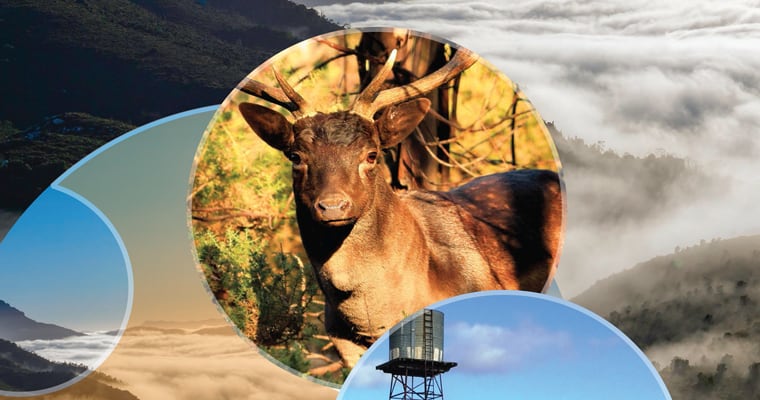The Invasive Species Council has welcomed today’s $2.8 million federal funding announcement to strengthen bird flu biosecurity across captive-breeding threatened species programs – calling it a vital step in national preparedness for H5 avian influenza.
The funding – delivered through the Zoo and Aquarium Association – will support 23 facilities across Australia to protect over 20 threatened species from a virus that has killed millions of birds and marine mammals overseas.
‘We strongly welcome this investment – it’s exactly the kind of forward-looking action Australia needs to prepare for wildlife emergencies before they hit,’ Invasive Species Council Policy Director Dr Carol Booth said.
‘This deadly strain of bird flu poses a catastrophic threat to our wildlife. Protecting captive-breeding programs is a critical step – many of these species, like the regent honeyeater and orange-bellied parrot, are already on the brink.
‘This needs to be the blueprint for future wildlife preparedness – proactive, collaborative and science-led.
‘But while this funding will help safeguard animals in captivity, we now need the same level of urgency and coordination for protecting wildlife in the wild – particularly in high-risk areas like wetlands, seabird colonies and coastal haul-out sites for seals.
‘Since arriving in South America in late 2022, bird flu has killed more than 30,000 South American sea lions, 17,000 southern elephant seal pups and unknown numbers of porpoises, dolphins and otters, as well as at least 650,000 native birds.
‘The mortality rate of elephant seal pups in Argentina’s Península Valdés reached 95% in 2023 compared to only 1% in 2022.
‘If H5 bird flu turns up in Australia, the government-commissioned risk assessment predicts ‘catastrophic’ impacts on our native birds.
‘Australia is the last continent still free of this deadly virus – we have a rare window to get ahead of it. That means ensuring response plans for susceptible species and sites are funded and ready for activation in every state and territory before the spring bird migration. It means reducing other threats to at-risk species.
‘If we wait until H5N1 is here, it will be too late. Today’s announcement is a vital step toward protecting some of our most vulnerable species – now we need to keep the momentum up and ensure wild populations are afforded the best chance to survive the virus when it arrives.’
Media inquiries: (02) 8006 5004








